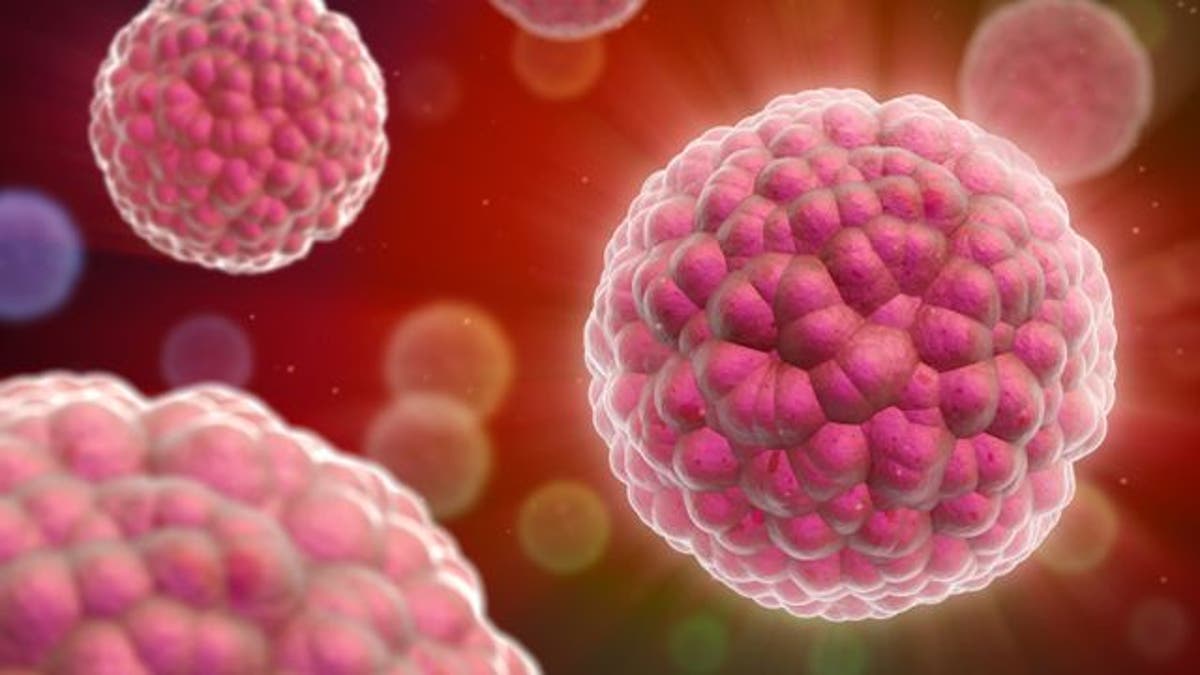
Man-made chemicals in everyday products are likely to be at least the partial cause of a global surge in birth deformities, hormonal cancers and psychiatric diseases, a U.N.-sponsored research team reported on Tuesday.
These substances, dubbed EDCs, could also be linked to a decline in the human male sperm count and female fertility, to an increase in once-rare childhood cancers and to the disappearance of some animal species, they said.
"It is clear that some of these chemical pollutants can affect the endocrinal (hormonal) system and ....may also interfere with the development processes of humans and wildlife species," the report declared.
The international group, academic experts working under the umbrella of the United Nations environmental and health agencies UNEP and WHO, issued their findings in a paper updating a 2002 study on the potential dangers of synthetic chemicals.
Declaring "a global threat that needs to be resolved," the team said humans and animals across the planet were probably exposed to hundreds of these often little-studied or understood compounds at any one time.
"We live in a world in which man-made chemicals have become part of everyday life," said their 28-page report, "State of the Science of Endocrine Disrupting Chemicals, 2012," issued as a policy guide for governments.
EDCs include phthalates long used in making plastics soft and flexible. Products made from them include toys, children's dummies, perfumes and pharmaceuticals, as well as cosmetics like deodorants that are absorbed into the body.
Another is Bisphenol A, or BPA, which is used to harden plastics and is found in food and beverage containers, including some babies' bottles and the coating of food cans.
A few countries - including the United States, Canada and some European Union members - have already banned the use of some of them in certain products, especially those destined for the use of children.
But, the report said, "many hundreds of thousands" are in use around the world and only a small fraction had been assessed for their potential to spark disease by upsetting the endocrinal, or hormonal, systems of humans and animals.
Experts believe that in general, such chemicals can be absorbed into drinks and food from the containers they come in.
Components not identified
The team, created by a 17-year-old chemical management body called the IOMC working with a range of U.N. agencies, said a key problem was that manufacturers of consumer products did not identify many of their chemical components.
Consequently, the researchers said, they had only been able to look at "the tip of the iceberg". Disease risk from the use of EDCs - or what could be even more dangerous a combination of them - "may be significantly underestimated."
Using studies of the effect of the chemicals on humans and animals, the team added, a link to EDCs could be suspected in breast and prostate cancer, diabetes, infertility, asthma, obesity, strokes, and Alzheimer and Parkinson's diseases.
Babies exposed to EDCs in the womb or in puberty, these studies suggested, were especially vulnerable to developing these diseases in later life as well as behavioral and learning problems like dyslexia as children.
In many countries, these disorders affected 5-10 percent of babies born, while autism was now recorded at a rate of one percent. Childhood leukemia and brain cancer is also on the rise, according to the report.
"All of these complex non-communicable diseases have both a genetic and an environmental component," it said.
"Since the increases in incidence and prevalence cannot be due solely to genetics, it is important to focus on understanding the contribution of the environment to these chronic disease trends in humans."
The researchers said their report had been based largely on studies in the developed world. But the size of the problem in developing countries had yet to be adequately assessed due to a lack of data from Africa, Asia and Latin America.
